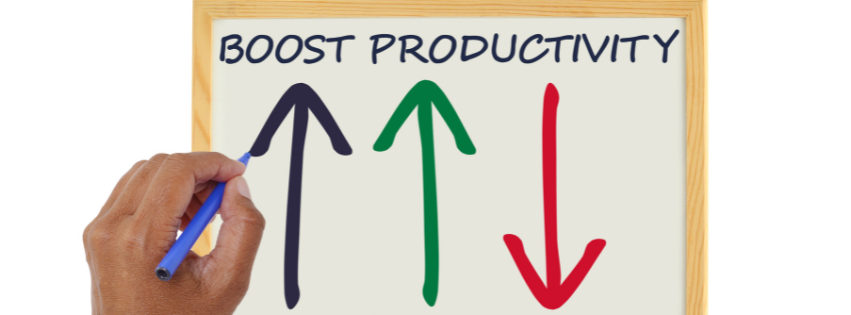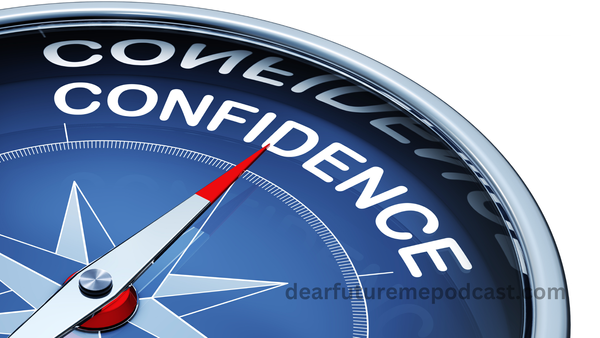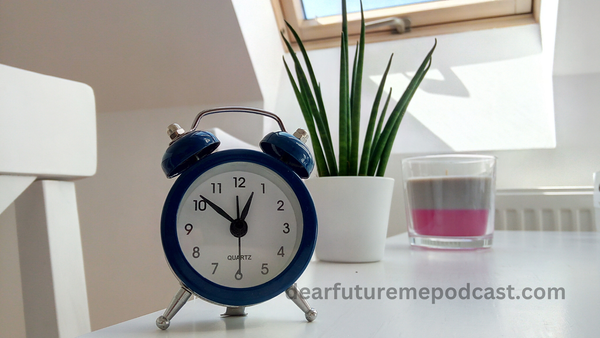Minimal Effort Productivity: When It Works and How to Evolve Beyond It for High Performance
I’ve always appreciated the ability to get things done quickly, skimming through information and pulling out key points without much effort. It felt like a superpower.

Have you ever felt like you could breeze through tasks, exams, or projects without putting in much effort? Maybe you’re used to relying on your natural abilities, quick thinking, or common sense to achieve good results. I know I have. This approach, often known as minimal effort productivity, can be effective and rewarding, especially when life is busy, or tasks seem simple. But what happens when this habit starts to limit your growth or keep you from reaching your full potential? In this post, I'll share my experience with minimal effort productivity, why it can be a trap, and how we can break out of it to become true high performers.
The Hidden Costs of Minimal Effort
I’ve always appreciated the ability to get things done quickly, skimming through information and pulling out key points without much effort. It felt like a superpower. Maybe you can relate. But while this approach works in the short term, it comes with hidden costs:
- Lack of Deep Knowledge: When I rely on skimming and surface learning, I don’t deeply engage with the material. This limits my ability to apply knowledge effectively or build real expertise.
- Missed Growth Opportunities: Sticking to the comfort zone of minimal effort means missing out on personal and professional growth that comes from pushing myself and mastering new skills.
- Plateauing Performance: While I can get by with minimal effort, it often keeps me from achieving exceptional results, standing out from the crowd, or reaching new heights.
Signs You’re Stuck in Minimal Effort Mode
Recognizing when I’m stuck in minimal effort mode is the first step toward breaking out of it. Here are some signs I noticed in myself (and you might, too):
- Skimming Information: I skim articles, books, or reports just to pull out the key points and skip the deeper context.
- Avoiding Challenges: I tend to pick tasks I know I can complete easily, avoiding those that really push my limits.
- Relying on Past Knowledge: I might say, “I already know enough,” even when I haven’t updated my knowledge or dug deeper.
These habits can work for a while, but they hold me—and maybe you—back from reaching our true potential.
Why Breaking Out of Minimal Effort Productivity Matters
To move beyond minimal effort productivity, I realized that I needed to embrace intentional practice and deep learning. High performers understand that growth comes from pushing past what’s easy and committing to continuous improvement. You might notice that while some people have natural talent, it’s their hours of dedicated practice that set them apart. If you, like me, want to move from doing what’s comfortable to excelling, it’s time to engage in deep work.
Strategies to Transition from Minimal Effort to High Performance
If you’re ready, like I am, to evolve from minimal effort to high performance, try these strategies:
Commit to Deep Work: Dedicate time blocks to focus solely on your tasks. This means putting away distractions, resisting the urge to multitask, and diving into your work with full attention.
Adopt Active Learning: When you’re learning something new, take notes, summarize it in your own words, and try teaching it to someone else. This helps reinforce your understanding and makes the learning stick.
Set Higher Standards: Start raising the bar for what you consider “done.” Instead of settling for good enough, aim for excellence. Add details, explore the deeper context, and go beyond what’s required.
Get Comfortable with Discomfort: It’s not easy to move past the comfort zone, but growth only happens when you embrace challenges and accept mistakes as part of the process.
Reflect and Iterate: Take a moment to reflect on your work. What went well? What can you do differently next time? Regular self-reflection helps you (and me) keep improving.
Conclusion
Minimal effort productivity can be a helpful strategy when you’re short on time or dealing with straightforward tasks, but it shouldn’t be your default mode if you want to reach your highest potential. By recognizing when you (and I) are relying on minimal effort, adopting strategies for deeper engagement, and committing to continuous learning, we can break out of this habit and achieve more. Challenge yourself—and I’ll challenge myself—to go beyond what’s easy and watch your performance and satisfaction grow.
Are you ready to break out of minimal effort mode and step into high performance? Let’s commit to starting today.





